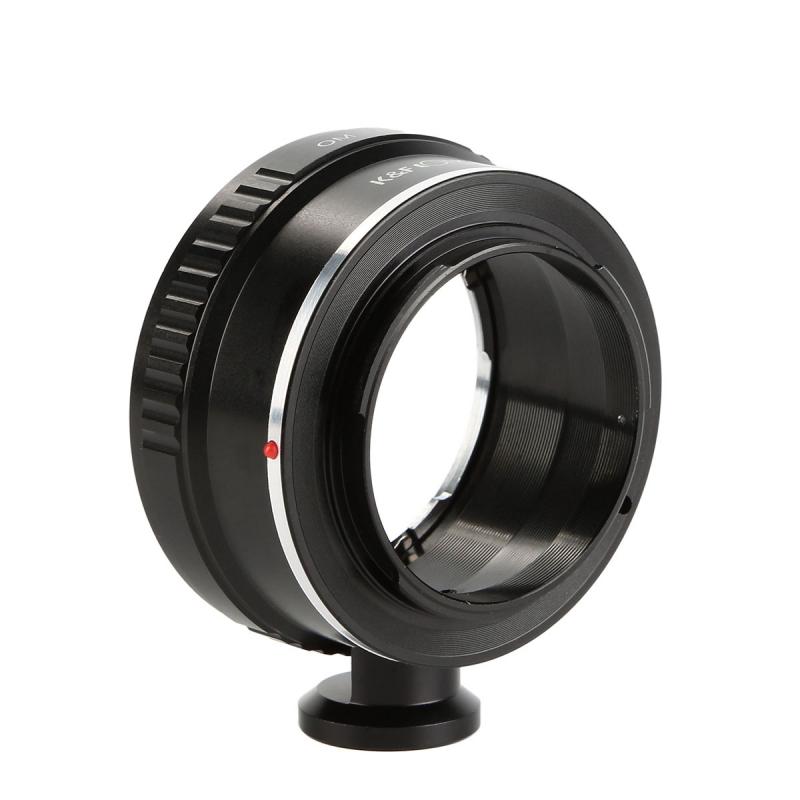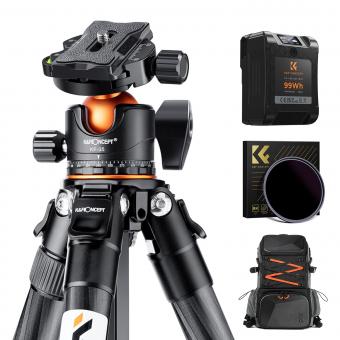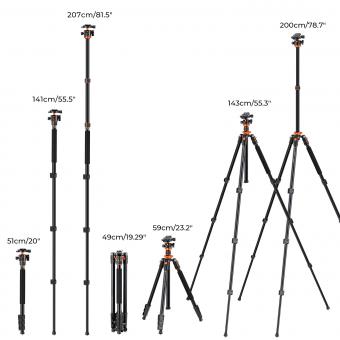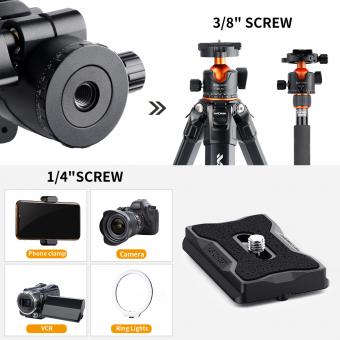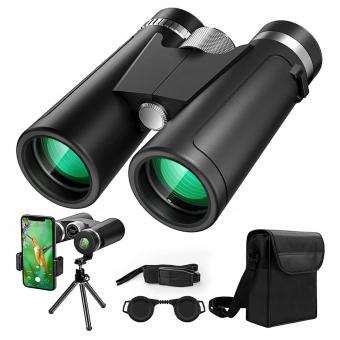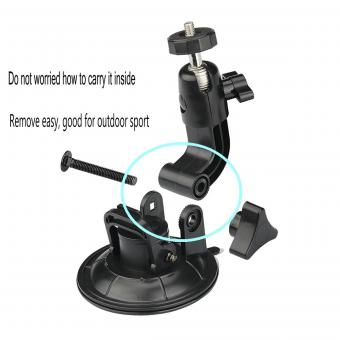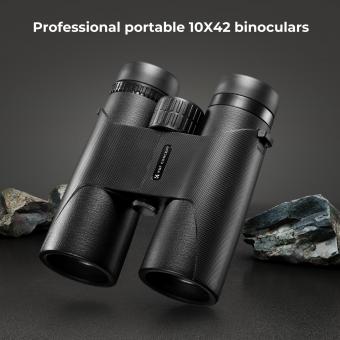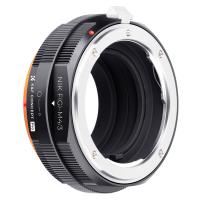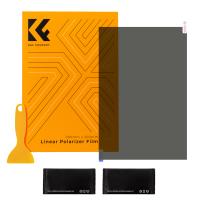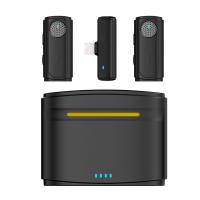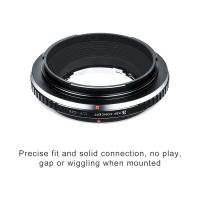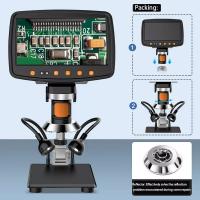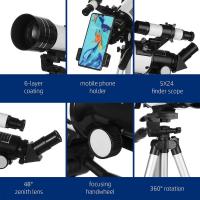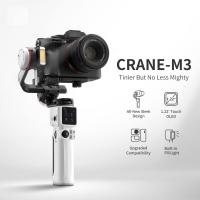How Much Is Tripod ?
The price of a tripod can vary depending on the brand, quality, and features. Tripods can range from as low as $20 to several hundred dollars.
1、 Types of tripods and their features
The price of tripods can vary depending on the brand, quality, and features they offer. Tripods are essential tools for photographers and videographers as they provide stability and support for cameras and other equipment. The cost of a tripod can range from as low as $20 to as high as several hundred dollars.
When it comes to types of tripods, there are several options available in the market. The most common types include tabletop tripods, compact tripods, and full-size tripods. Tabletop tripods are small and lightweight, making them ideal for travel and shooting in tight spaces. Compact tripods are slightly larger and offer more stability, while full-size tripods are the largest and sturdiest, suitable for professional use.
Each type of tripod comes with its own set of features. Some tripods offer adjustable legs and center columns, allowing for different shooting heights and angles. Others come with quick-release plates for easy attachment and detachment of cameras. Some tripods also have built-in level indicators to ensure that the camera is perfectly level. Additionally, there are tripods with ball heads, which provide smooth and precise movements for capturing dynamic shots.
In recent years, there have been advancements in tripod technology. Manufacturers have started incorporating lightweight materials like carbon fiber into tripod construction, making them more portable without compromising stability. Some tripods also come with innovative features such as built-in smartphone mounts and Bluetooth connectivity for remote control.
Overall, the price of a tripod depends on the type, brand, and features it offers. It is important to consider your specific needs and budget when choosing a tripod.
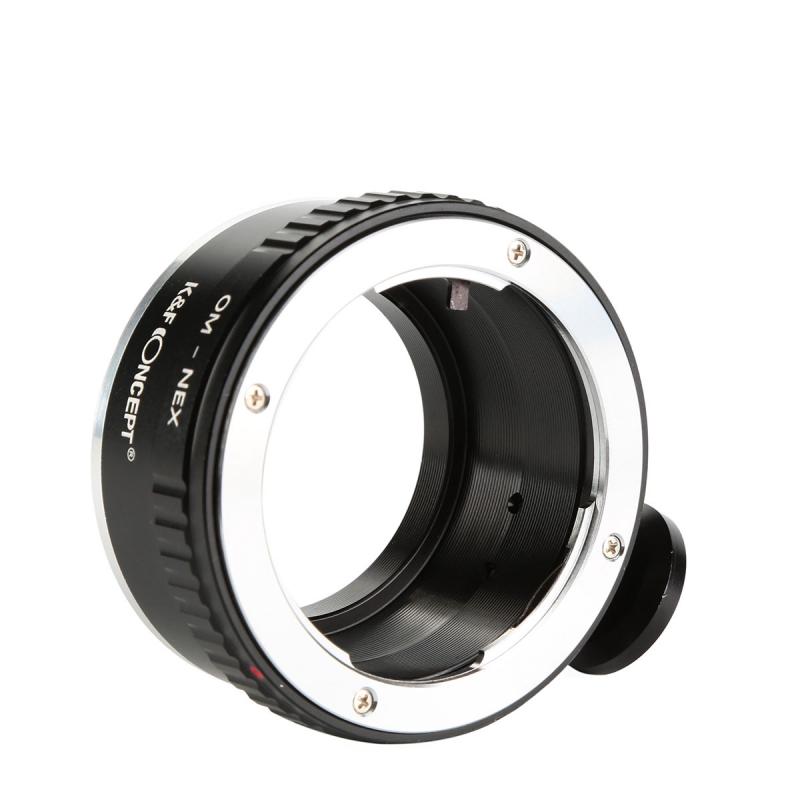
2、 Tripod materials and construction
The cost of a tripod can vary depending on various factors such as the brand, quality, size, and features. Tripods are essential tools for photographers and videographers as they provide stability and support for cameras and other equipment. The materials and construction of a tripod play a significant role in determining its price.
Tripods are commonly made from materials such as aluminum, carbon fiber, or a combination of both. Aluminum tripods are generally more affordable compared to carbon fiber ones. Aluminum is a lightweight and durable material that offers good stability. On the other hand, carbon fiber tripods are lighter, stronger, and more resistant to vibrations, but they tend to be more expensive due to the higher cost of the material.
The construction of a tripod also affects its price. Higher-end tripods often feature advanced construction techniques and precision engineering, resulting in better stability and durability. These tripods may have features like adjustable leg angles, quick-release mechanisms, and fluid heads, which further contribute to their cost.
As for the latest point of view, the tripod market has seen advancements in recent years. Manufacturers are constantly innovating to provide lighter, more compact, and versatile tripods. Some tripods now come with additional features like built-in monopods, smartphone mounts, and wireless remote controls. These added functionalities may increase the price of the tripod.
In conclusion, the cost of a tripod can range from relatively affordable options to high-end professional-grade models. The materials used, construction techniques, and additional features all contribute to the price. It is essential to consider your specific needs and budget when choosing a tripod that suits your requirements.
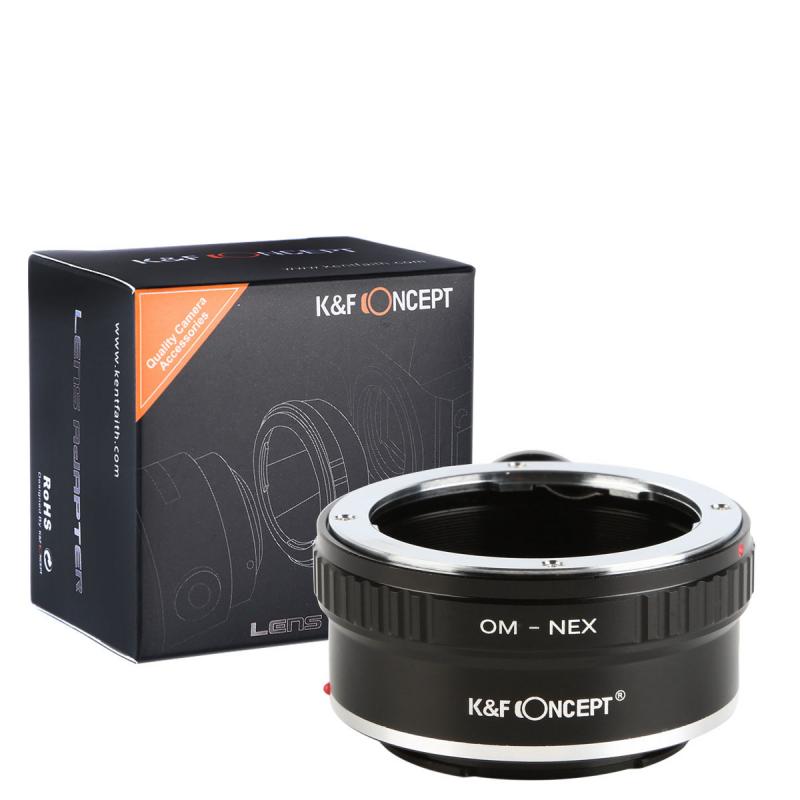
3、 Tripod height and stability considerations
The price of a tripod can vary depending on various factors such as brand, quality, and features. Tripods are available in a wide range of prices, starting from as low as $20 and going up to several hundred dollars. The cost is often reflective of the tripod's build quality, materials used, and additional features it offers.
When considering tripod height and stability, it is important to choose a tripod that suits your specific needs. Tripod height is typically adjustable, allowing you to set it at different levels based on your shooting requirements. It is advisable to choose a tripod that offers a good range of height adjustment to accommodate various shooting situations.
Stability is another crucial factor to consider when selecting a tripod. A stable tripod is essential for capturing sharp and steady images, especially in situations where there may be wind or uneven surfaces. Look for tripods that have sturdy legs and a robust center column to ensure stability. Some tripods also come with features like a hook at the bottom of the center column, allowing you to hang additional weight for added stability.
In recent years, there have been advancements in tripod technology, with manufacturers introducing innovative features to enhance stability and ease of use. For example, some tripods now come with built-in level indicators, quick-release mechanisms for easy setup, and carbon fiber construction for lightweight yet sturdy support.
Ultimately, the price of a tripod will depend on your budget and specific requirements. It is recommended to invest in a tripod that strikes a balance between affordability and quality, ensuring that it meets your needs for height adjustment and stability.
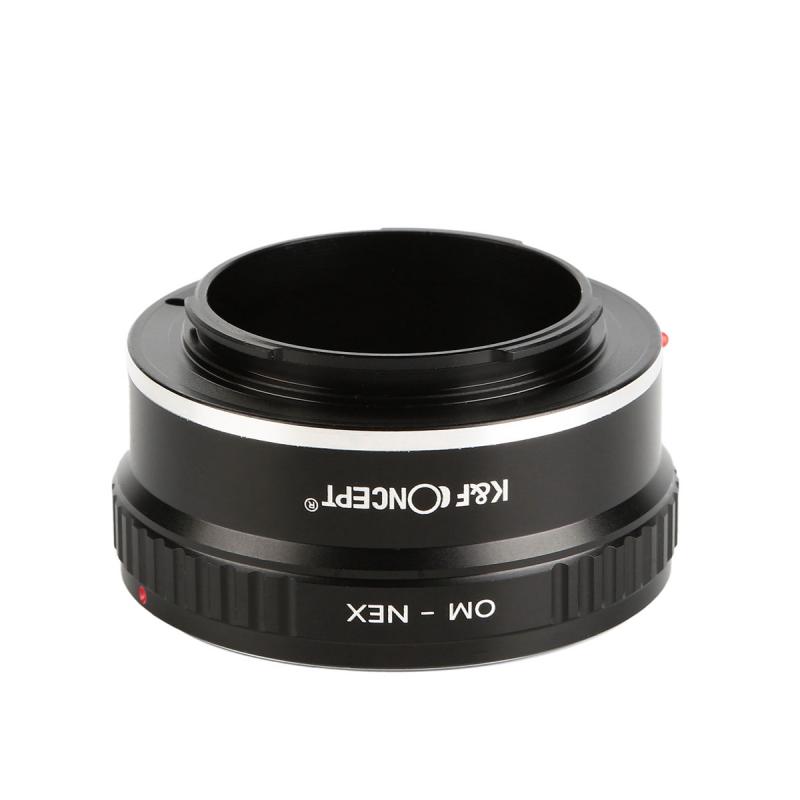
4、 Tripod head options and functionality
The price of a tripod can vary depending on the brand, quality, and features it offers. Tripods are essential tools for photographers and videographers as they provide stability and support for cameras and other equipment. When considering the cost of a tripod, it is important to take into account the tripod head options and functionality it provides.
Tripod heads come in various types, including ball heads, pan-tilt heads, and gimbal heads. Each type offers different levels of flexibility and control over camera movement. Ball heads are popular for their quick and easy adjustments, while pan-tilt heads allow for precise positioning. Gimbal heads are commonly used for wildlife and sports photography, providing smooth and fluid movements.
The functionality of a tripod head is crucial in determining its price. Some tripod heads offer additional features such as built-in levels, quick-release plates, and adjustable tension controls. These features enhance the usability and convenience of the tripod, but they also contribute to the overall cost.
In terms of price, entry-level tripods with basic functionality can range from $50 to $100. Mid-range tripods with more advanced features and better build quality can cost between $100 and $300. High-end tripods, often used by professional photographers, can go well beyond $500.
It is important to note that the latest point of view in the tripod market is the increasing demand for lightweight and compact tripods. With the rise of mirrorless cameras and travel photography, photographers are seeking tripods that are easy to carry and transport. Manufacturers are responding to this trend by introducing innovative designs and materials that offer both stability and portability.
In conclusion, the price of a tripod depends on various factors, including the tripod head options and functionality it provides. While entry-level tripods can be affordable, investing in a higher-quality tripod with advanced features can greatly enhance the shooting experience. The latest trend in the market is the demand for lightweight and compact tripods, catering to the needs of travel photographers.
